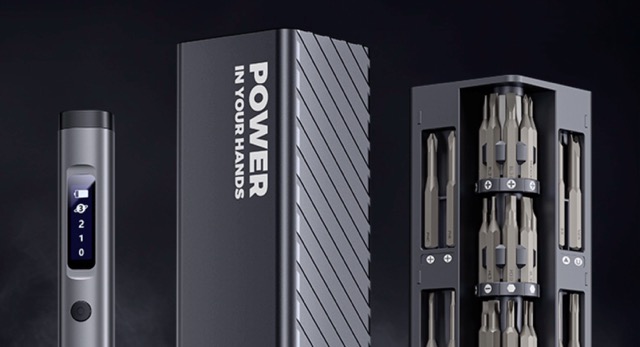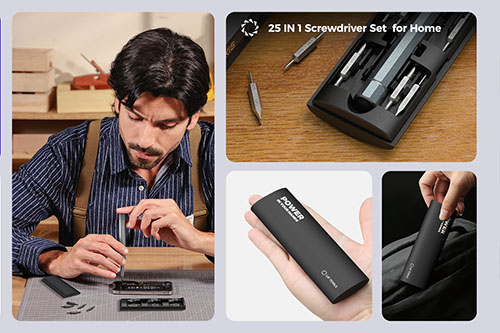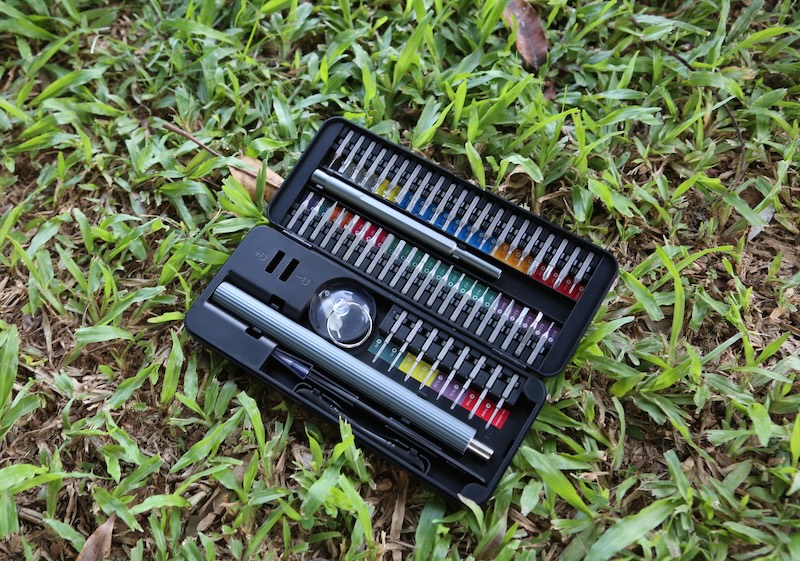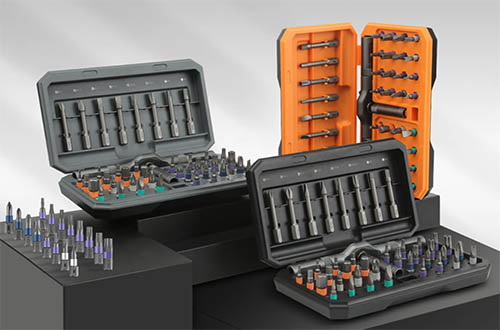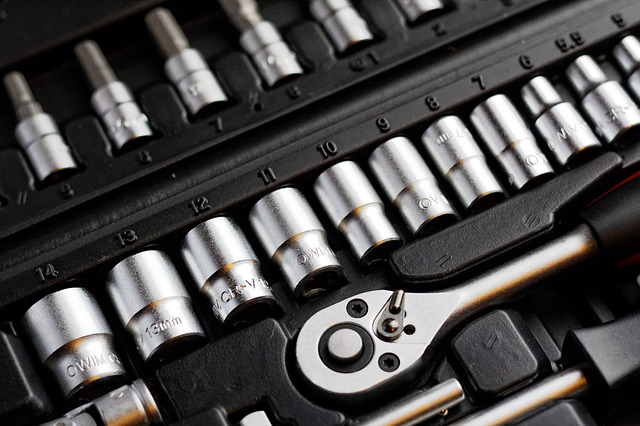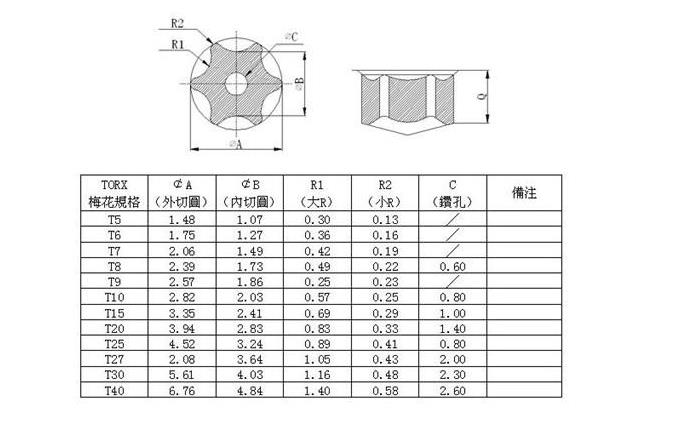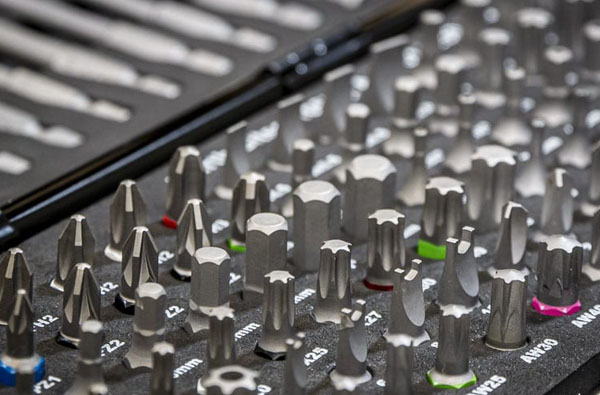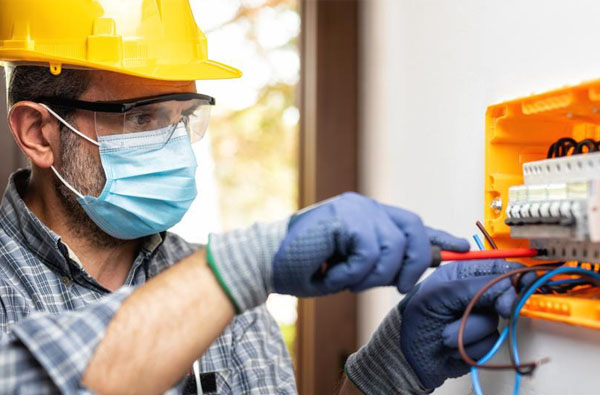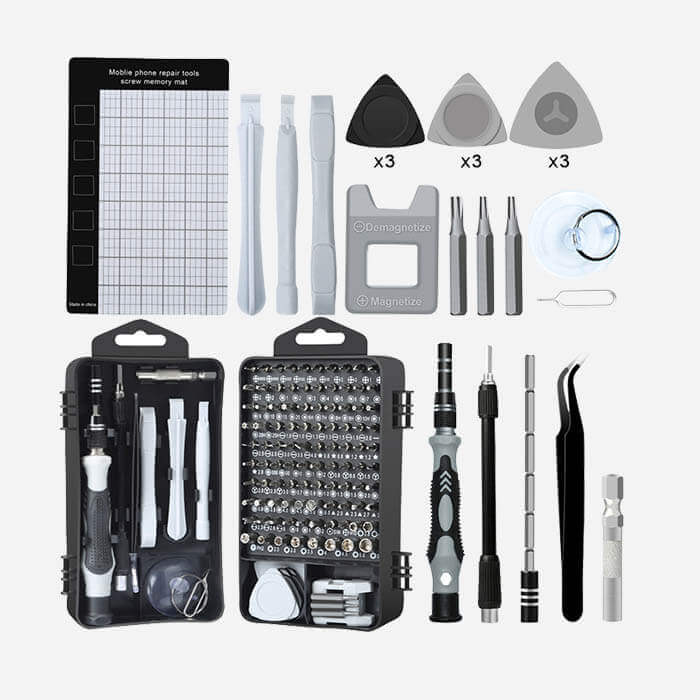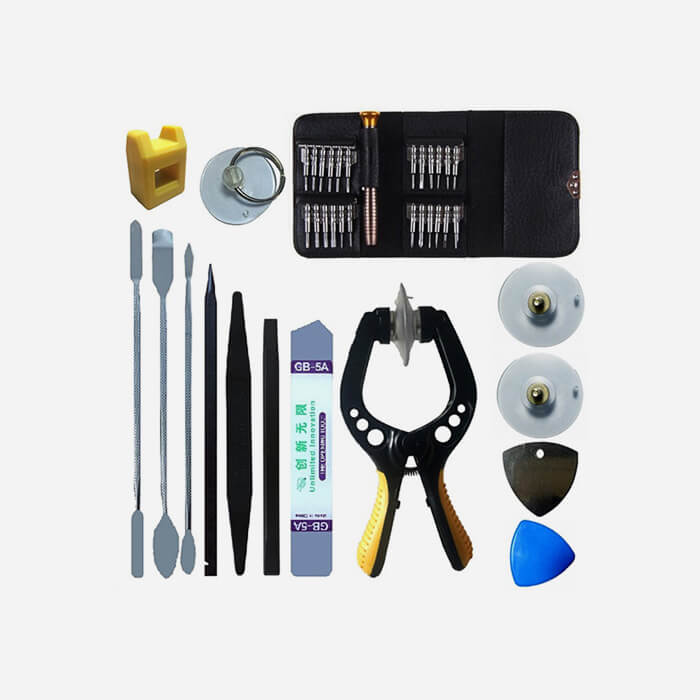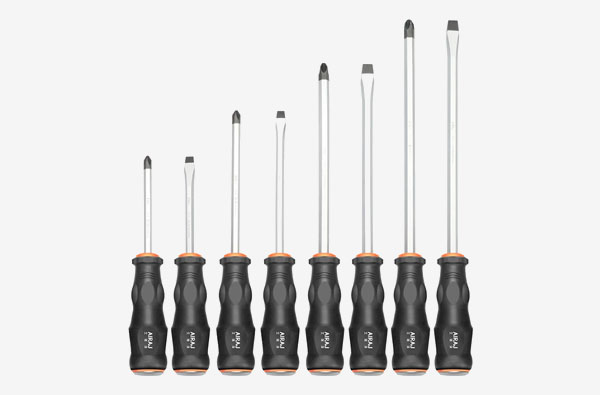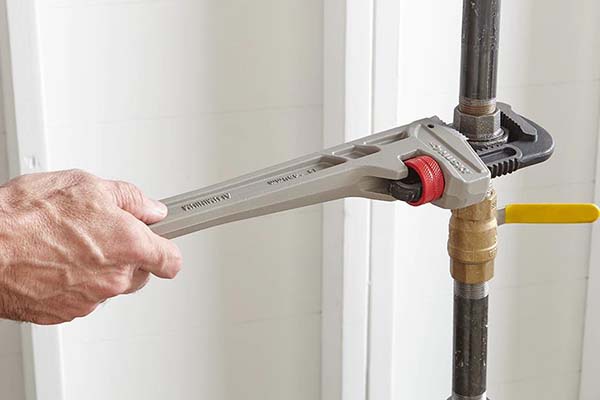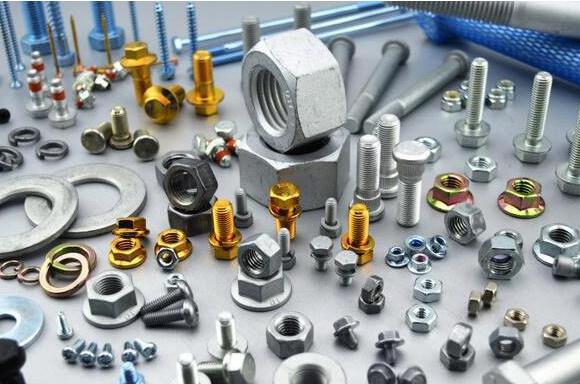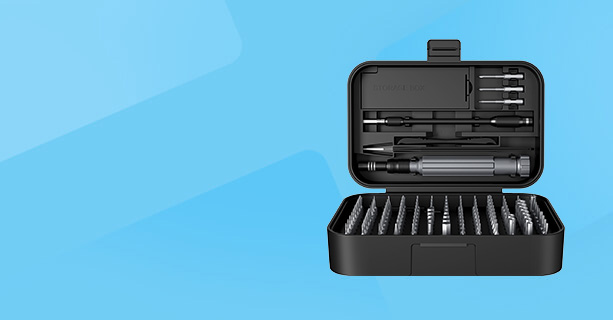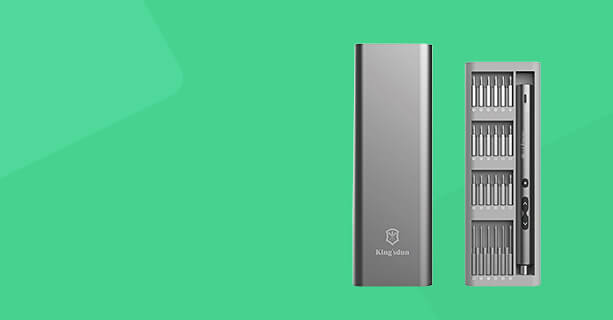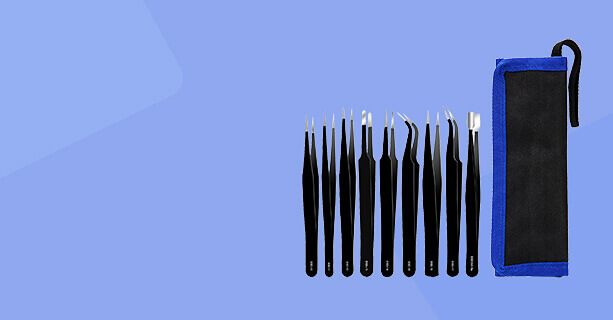Understanding Different Types of Pliers and Their Proper Use
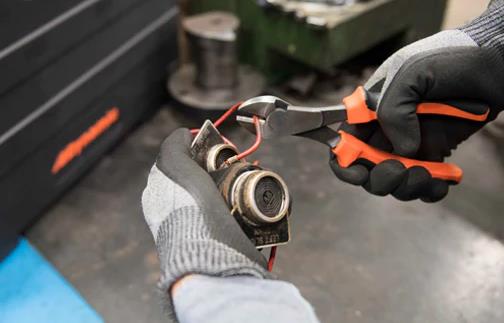
Pliers are versatile hand tools that are used for gripping, bending, cutting, and holding objects. They are an essential tool in many industries, including construction, automotive, and electrical work. It is important to use the proper type of pliers for different tasks to ensure that they are being used safely and effectively. In this article, we will discuss the common types of pliers, their uses, how to choose the right pliers for the job, and how to properly use and maintain them.
1. Common Types of Pliers and Their Uses
There are several types of pliers, each designed for specific tasks. Here are some of the most common types of pliers and their uses:
Needle-nose pliers: These pliers have long, narrow jaws that taper to a fine point. They are ideal for gripping and bending wire in tight spaces, as well as reaching into small areas.
Slip-joint pliers: These pliers have adjustable jaws that can be set to hold objects of varying sizes. They are ideal for holding and bending objects that are too small for larger pliers.
Diagonal pliers: Also known as wire cutters, these pliers have sharp, diagonal cutting edges. They are designed for cutting wire, cables, and other materials.
Linesman pliers: These pliers have a strong, sturdy design that makes them ideal for cutting, gripping, and twisting wires. They are commonly used in electrical work.
Tongue-and-groove pliers: Also known as channel-lock pliers, these pliers have a set of adjustable jaws that can grip and turn pipes and fittings of different sizes.
Locking pliers: These pliers have a locking mechanism that holds objects in place, making them ideal for holding objects steady while working on them.
Cutting pliers: These pliers have hardened blades designed to cut through thicker materials such as bolts, nails, and screws.
2. Choosing the Right Pliers for the Job
When choosing pliers for a specific task, there are several factors to consider:
Material and thickness of the material being worked on: Different types of pliers are designed to handle different materials and thicknesses. It is important to choose pliers that are suitable for the material being worked on to ensure that they are effective and safe.
Size and shape of the object being worked on: The size and shape of the object being worked on will determine the type of pliers that are needed. For example, needle-nose pliers are ideal for working in small spaces, while slip-joint pliers are better for larger objects.
Ergonomics and comfort of the pliers: It is important to choose pliers that are comfortable to hold and use, as this will reduce fatigue and increase accuracy.
3. Proper Use and Maintenance of Pliers
To use pliers safely and effectively, here are some tips to follow:
Use the proper type of pliers for the task at hand.
Make sure the pliers are clean and free of debris before use.
Use pliers with insulated handles when working with electricity.
Do not use pliers to cut materials that are too hard or thick for the pliers.
When using locking pliers, make sure they are locked securely onto the object being held.
Store pliers in a dry place to prevent rust and damage.
To maintain pliers and keep them in good condition, here are some tips:
Clean pliers after each use with a soft cloth.
Apply a light coat of oil to the pliers to prevent rust.
Sharpen cutting edges as needed.
Replace worn or damaged pliers.
Store pliers in a dry place to prevent rust and damage.
IV. Proper Use and Maintenance of Pliers (continued)
7. Do not use pliers as a hammer or pry bar, as this can damage the tool.
When using pliers, make sure to grip them securely and keep them away from your body.
Always wear safety goggles when using pliers.
By following these tips, you can ensure that you are using pliers safely and effectively and prolong the life of your tools.
Conclusion
Pliers are essential hand tools that are used in a variety of industries. It is important to use the proper type of pliers for different tasks to ensure safety and effectiveness. There are several types of pliers, each designed for specific tasks, such as gripping, cutting, and bending. When selecting pliers, it is important to consider factors such as the material being worked on, the size and shape of the object being worked on, and the comfort and ergonomics of the pliers. To use pliers safely and effectively, it is important to follow proper use and maintenance guidelines, such as cleaning pliers after each use and using them only for their intended purpose. By following these guidelines, you can keep your pliers in good condition and use them effectively for years to come.
If you are looking for a professional screwdriver manufacturerto customize your precision screwdriver set, feel free to contact us today! We provide high-quality, customizable toolsfor various repair needs.

